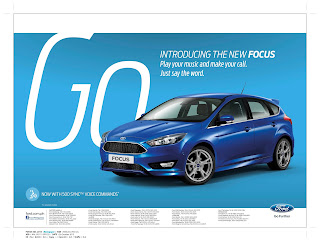Represent NHS Blood & Transplant campaign: blog tasks
Re-watch the Represent video and then watch the 'making of' video: 1 ) What does BAME stand for? BAME stands for Black,Asian,Minority and Ethnic. 2) Why is there a need for blood in the BAME community? There is a need for blood specifically for the BAME community because Black and Asian people have blood disease and issues to do with blood than white people. 3) What does this advert want people to do once they've seen it ('call to action')? This advert wants people to donate blood once they've seen this advert. 4) Why is the advert called 'Represent'? This advert is called 'Represent' because it is a positive message and an example of urban dialect. 5) Why have the producers chosen famous BAME celebrities to feature in the advert? Give an example of three well-known people who appear in the advert and why they are famous. The producers chosen famous BAME celebrities to feature in the advert so that the audience watching ...

